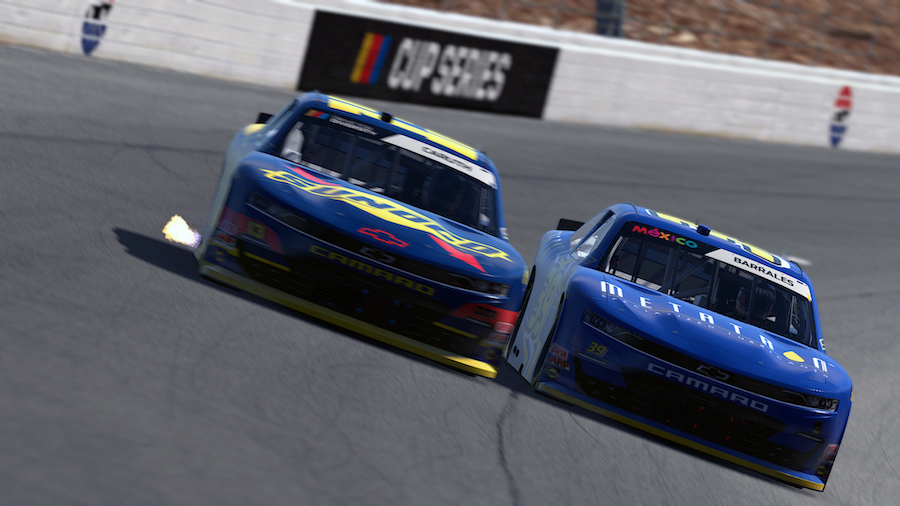In the world of sim racing, tire management plays a crucial role in achieving success on the track. Proper tire management can help you maximize the performance and lifespan of your tires, allowing you to achieve faster lap times and improve your overall performance. Here are some tips and strategies for managing your tires in iRacing:
Understand tire wear and grip levels
In iRacing, tire wear and grip levels are represented by a series of dots that appear on the tire icon in the driver interface. The more dots that are present, the more grip the tire has. As the tire wears down, the grip level will decrease. It’s important to monitor your tire wear and grip levels throughout a race to ensure that you are getting the most out of your tires.
Avoid excessive tire slip
Excessive tire slip can cause your tires to wear out faster and reduce their overall grip level. To avoid excessive tire slip, be sure to use smooth inputs and maintain a consistent pace. This will help you preserve your tires and achieve faster lap times.
Use tire wear rate and tire life settings
In iRacing, you can adjust the tire wear rate and tire life settings to better suit your driving style and preferences. By increasing the tire wear rate, you can make your tires wear out faster, while decreasing the tire wear rate will make your tires last longer. Experiment with different tire wear rate and tire life settings to find a balance that works for you.
Practice proper pit strategy
Proper pit strategy can be key to successful tire management in iRacing. This includes things like pitting at the right time, choosing the right tire compound, and making quick pit stops. By practicing proper pit strategy, you can ensure that you are maximizing the performance and lifespan of your tires.
Use tire strategy tools
Many sim racing platforms, including iRacing, offer tools that can help you plan and optimize your tire strategy. These tools can help you determine the best tire compound to use based on track conditions and your driving style, as well as provide recommendations for pit stops and tire changes.
By following these tips and strategies and practicing consistent tire management, you can achieve faster lap times and improve your overall performance





























































